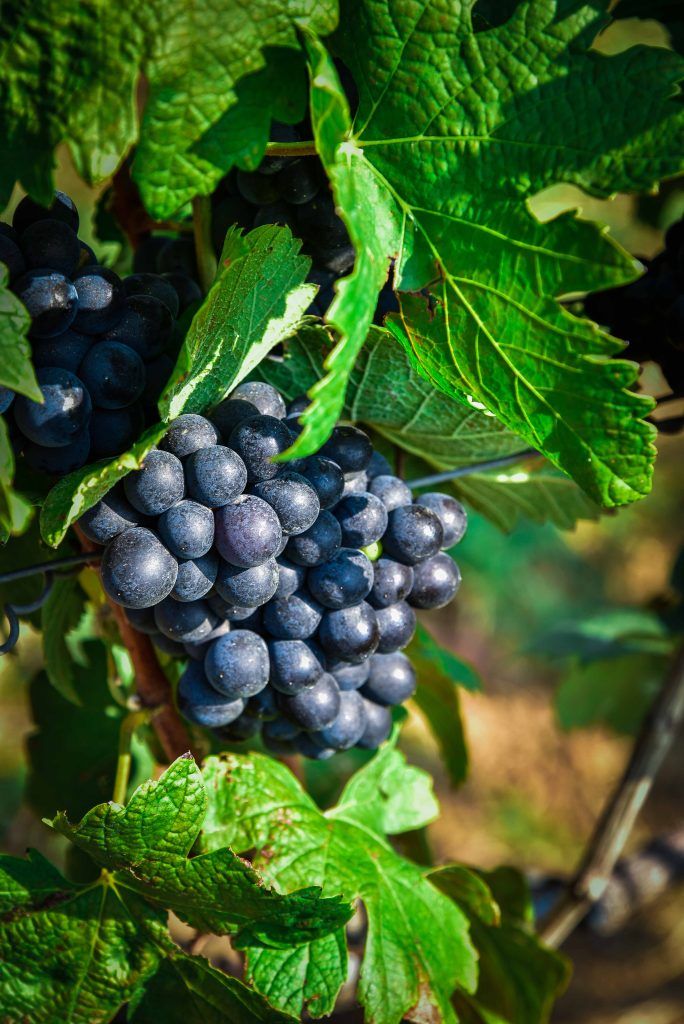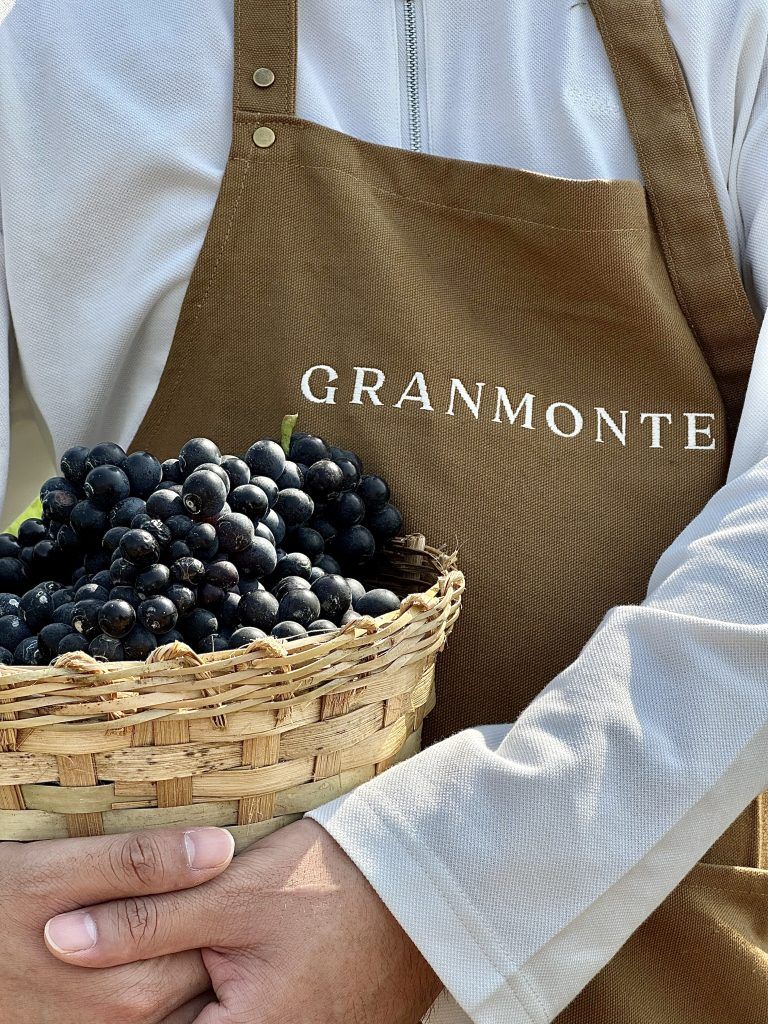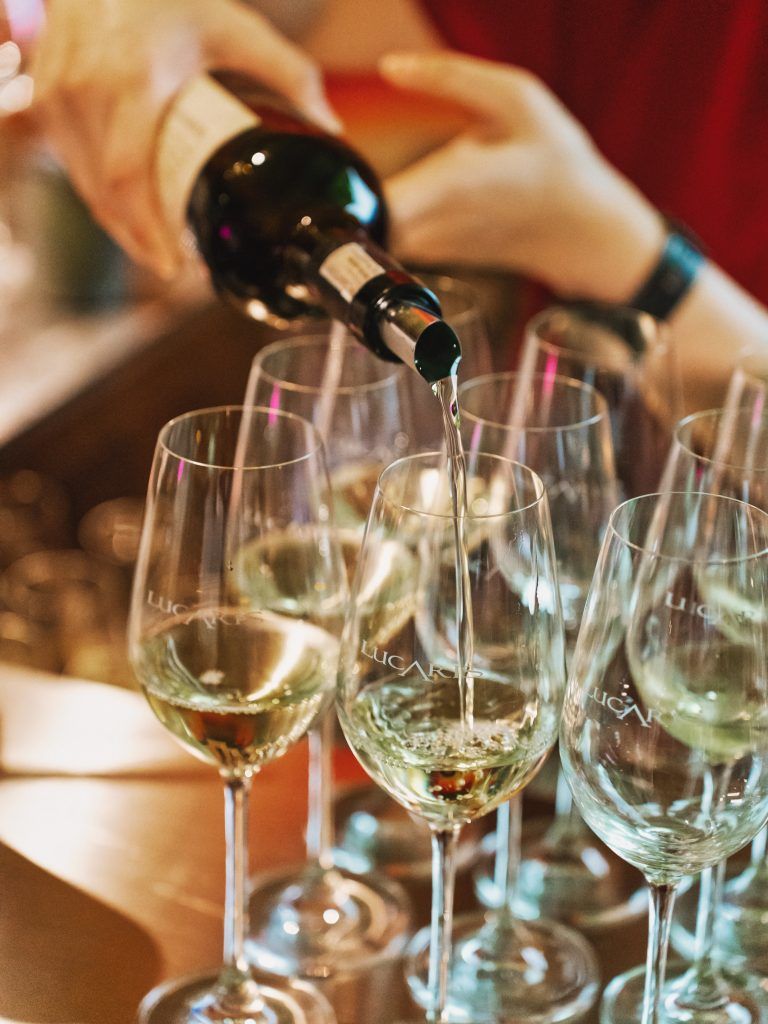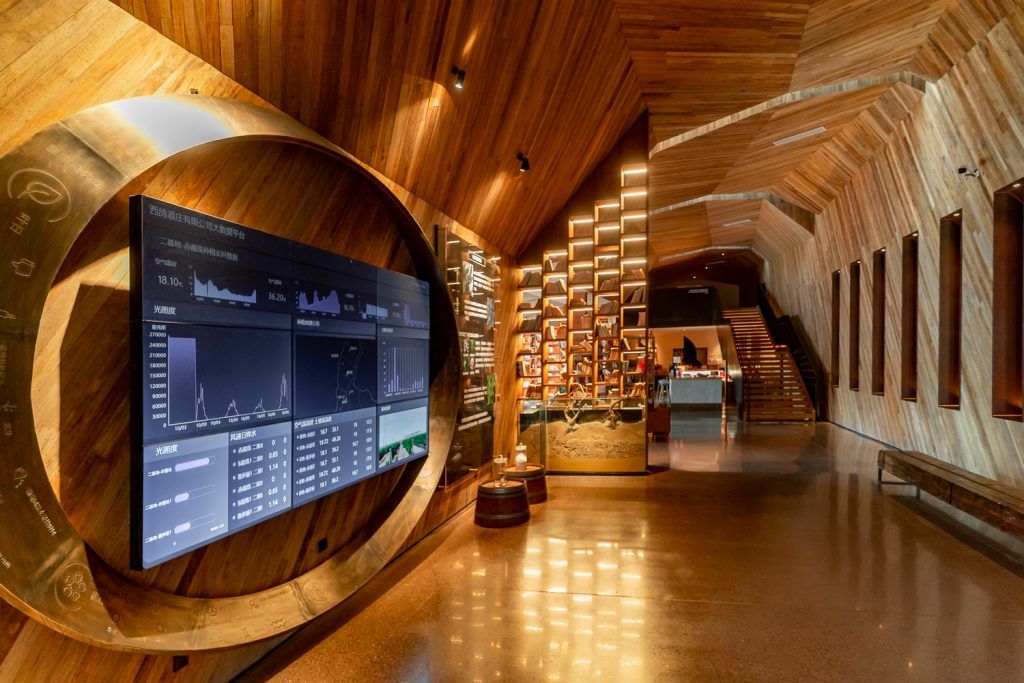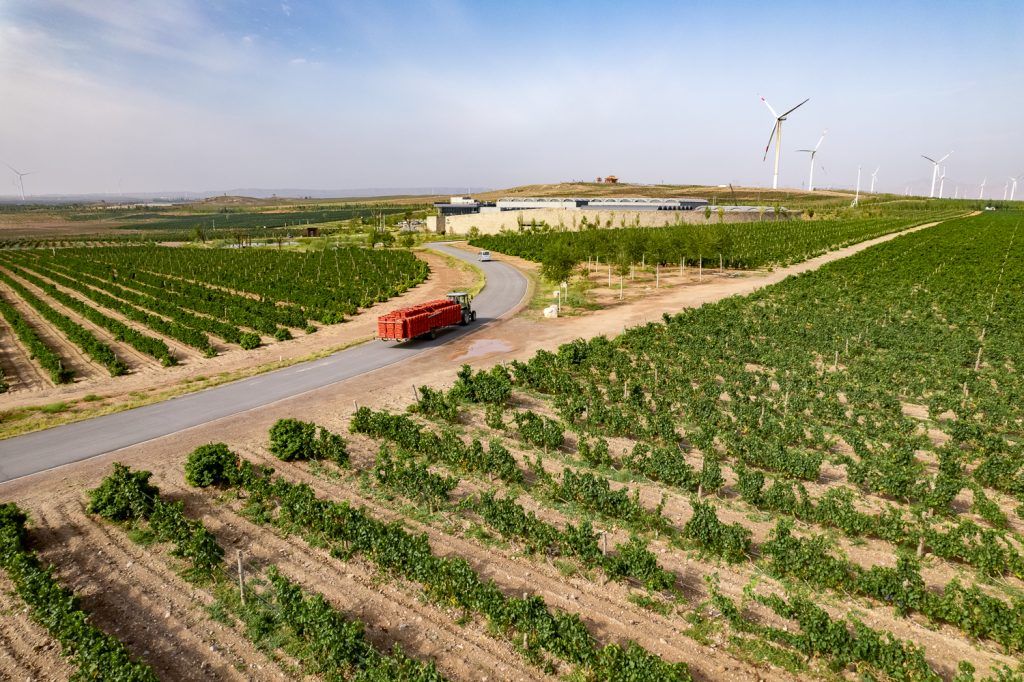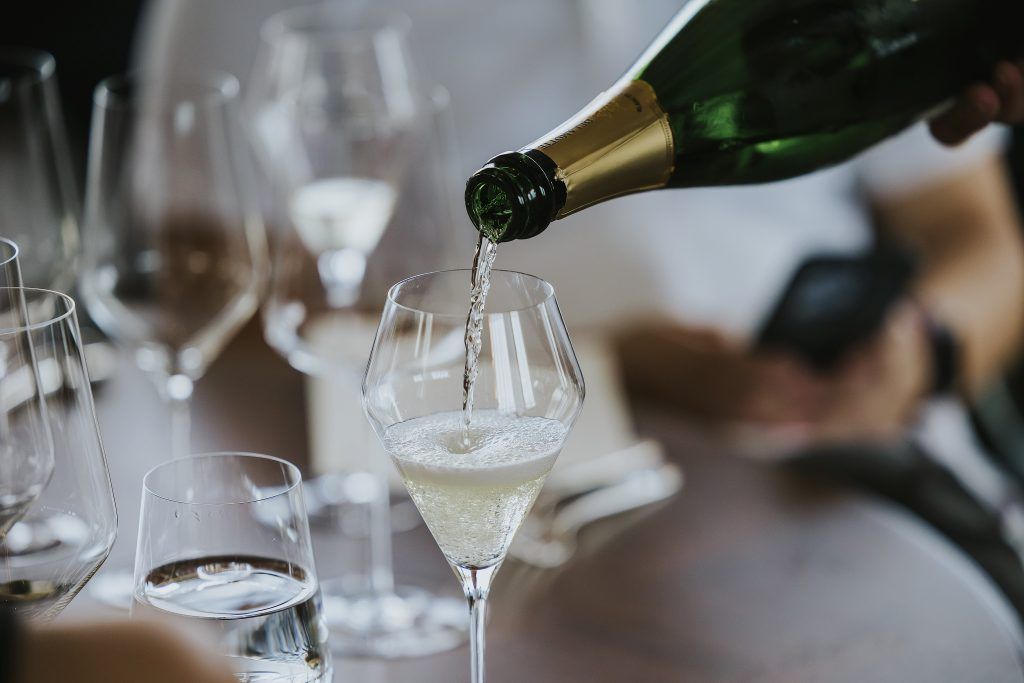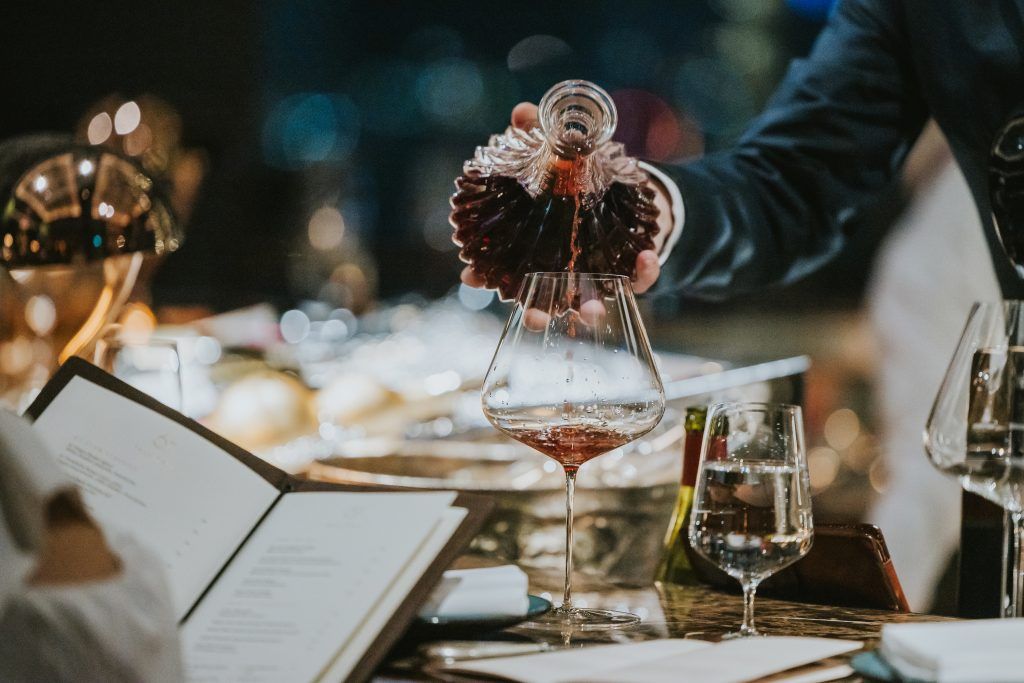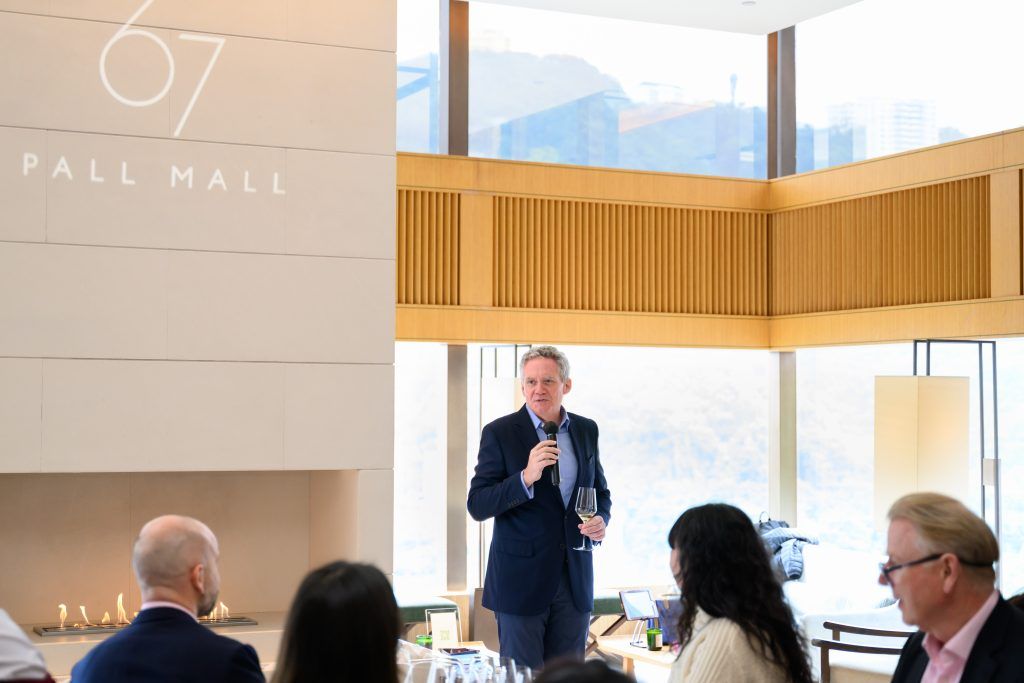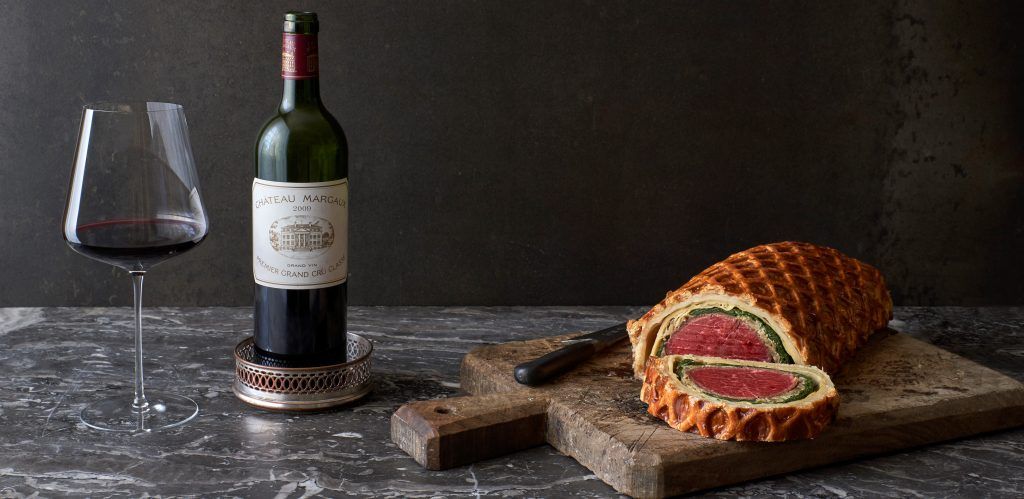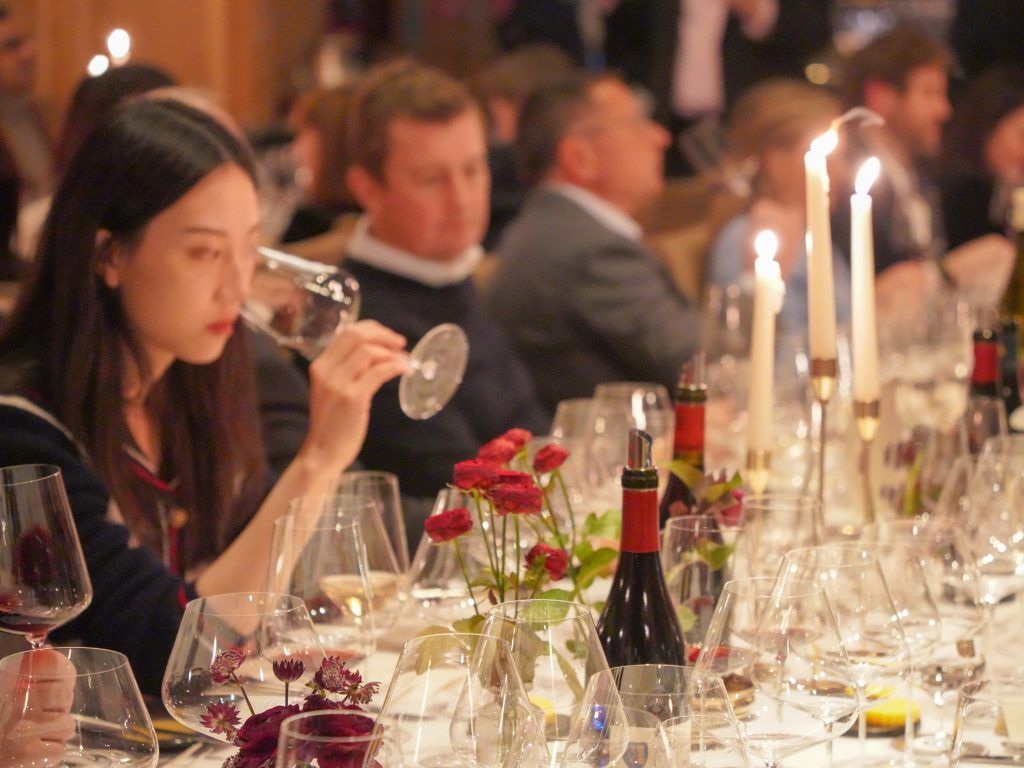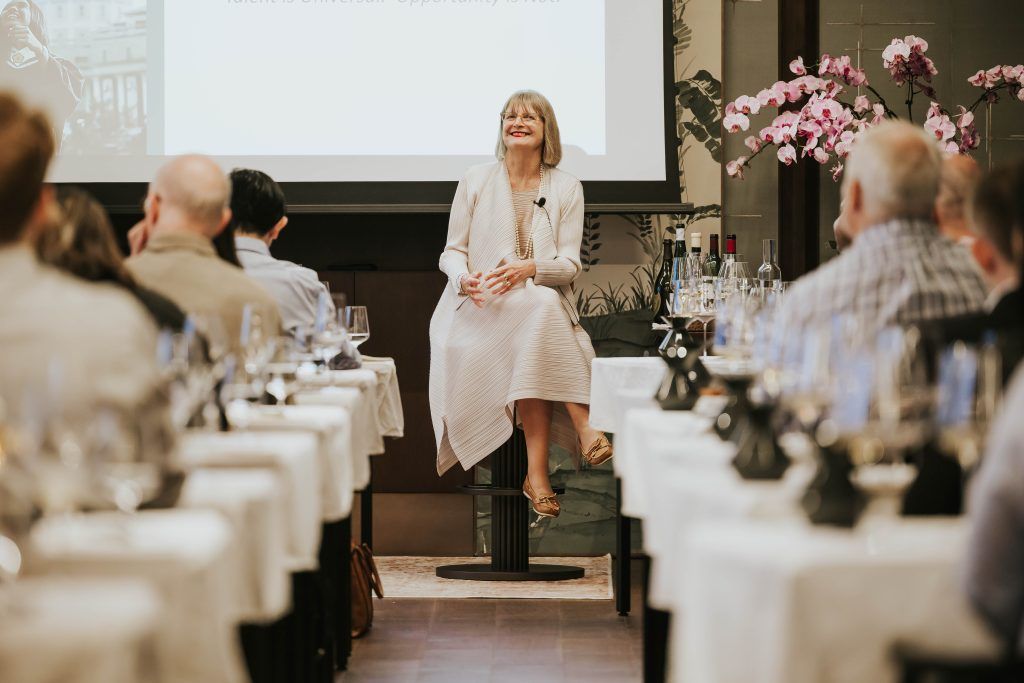In the cool, mist-laced valleys at the edge of Thailand’s UNESCO-listed Khao Yai National Park, a former cashew orchard has been transformed into one of Asia’s most acclaimed wineries. This is GranMonte Vineyard and Winery – the pioneering, family-run estate redefining what the world thinks it knows about Thai wine. Since planting its first vines in 1999, founders Visooth and Sakuna Lohitnavy have turned their 40-acre plot into a showcase for the “Khao Yai Wine” Geographical Indication, producing wines that have taken home Best National Producer – Thailand at Europe’s AWC Vienna competition six times.
At the heart of it all is their daughter, Nikki Visootha Lohitnavy – Thailand’s first and only fully qualified winemaker. Her wines are known for a surprising elegance and freshness, a quality she credits to the region’s unique conditions: “We are in a tropical terroir, we have the soil and climate that are suitable for growing high-quality tropical fruits as well as wine grapes,” she tells BurdaLuxury. “The unique characteristics of the terroir include red clay soil, limestone and terra rossa.”
GranMonte Vineyard and Winery is part of a quiet but powerful movement: a growing constellation of vineyards across Asia that are pushing boundaries, mastering their own terroirs, and proving that exceptional wines can come from unexpected corners of the world.
A New Regional Gravity
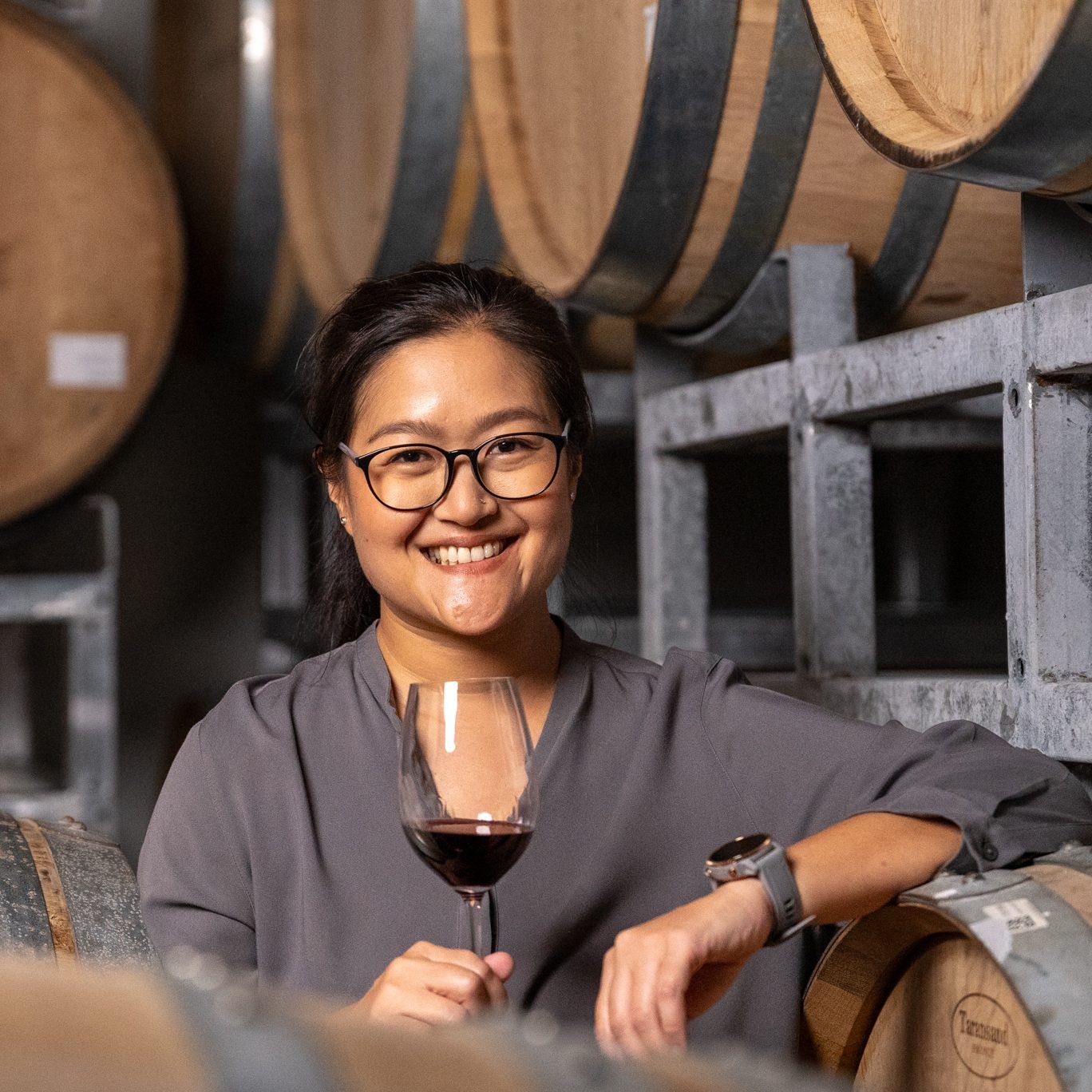
Asia’s vine-planting movement is not a single fashion but a multiplicity of experiments: high-altitude vineyards in Ningxia and Yunnan, Koshu specialists in Yamanashi, boutique plots in India and Cambodia, and family estates in Thailand. What unites them is a pragmatic combination of technical training, targeted investment, and a hunger for regional identity. Producers like GranMonte have not simply copied Bordeaux; they have translated global technique into local advantage – learning when to imitate and when to improvise.
“It’s time for the industry to grow and hone its skills,” says Lohitnavy. “It’s time for the change in perception and for reputations to grow.”
Asian Vineyards
Asia’s wine industry continues to expand. In China, the Ningxia region has grown quickly because of coordinated public and private investment and a clear ambition to build a fine-wine hub. Christelle Chene of Xige Estate underlines how geography and investment combine there: “We have a high altitude, warm summer, little rainfall and strong wind, so we don’t have a big pressure with pests and diseases. This means we can produce very healthy grapes and organic vines. Grapes can reach great maturity and ripeness, a good level of sugar while retaining enough acidity, which makes a very smooth and balanced wine.” That climatic description explains why international critics and local investors alike have turned an intrigued eye toward Ningxia.
“The Asian wine industry is growing fast and finding its own identity,” explains Roberto Duran, a seasoned sommelier based in Singapore. “Instead of just copying French or Italian styles, winemakers across Asia are experimenting with grapes and techniques that actually work for their unique climates.”
Across Asia, winemakers match grape to microclimate rather than geographic expectation. In China, producers in regions such as Ningxia and Yunnan are planting varieties like Marselan at higher elevations so warm days are tempered by cool nights, helping grapes retain freshness and balance. Japan, meanwhile, is leaning into its native Koshu, trained and managed with systems adapted to humid summers so the variety’s delicate aromatics pair seamlessly with cuisine. In hotter countries such as India and Thailand, growers time harvests for cooler windows and favour heat-tolerant varieties – Shiraz, Petite Shiraz and Chenin Blanc among them – that hold acidity even when sugar level climb. At the same time, collaboration with experienced winemakers and consultants from France and Australia has accelerated technical know-how across the region, raising consistency and quality.
Challenges
Practical friction remains. Winemakers in Asia routinely import critical equipment because domestic supply chains for cooperage, bottling lines and specialist cellar kits are thin. Lohitnavy is candid: “Since we are a newly established region, it is difficult to find winemaking equipment domestically or within Southeast Asia. All of them have to be imported from Europe.” That dependency raises input costs and forces producers to think premium: if margin is constrained by logistics, the path to viability is to command higher prices through quality and storytelling.
Chene at Xige Estate lays out the economics bluntly: “Barrels logistics cost and taxes are high, but they are mandatory for wine ageing. In China, wine is not considered an agricultural product, so unlike wine in most countries around the world, we don’t enjoy a favourable tax system,” she says. Being such a new industry, the overall cost of production is much costlier than in many regions across the globe. “Everything began relatively recently – about 20 years ago or less – including promotion and market development. Building recognition among both the industry and wine consumers takes time,” she says.
Natural conditions and terroir are other factors. “Asian winemakers are up against some tough conditions – heat, humidity, even frost in some places – and building a wine culture from scratch isn’t easy,” explains Duran. For Xige Estate, the area faces harsh winters (-15 to -20ºC), low rainfall (20mm/year), and strong winds. Vines are buried in winter for protection, limiting planting density and yields. Irrigation is restricted to avoid using too much of the Yellow River water. The vineyard requires intensive manual labour, employing 1,500 workers year-round for fully manual vineyard care and harvest.
Experimentation
Still, opportunities abound – and being such a new industry means there’s room to try new things.
“We have the freedom to experiment and release new blends and adapt different styles of wines at a level that established regions, restricted by their wine laws and appellations, do not have,” Lohitnavy observes, and she sees experimentation as part of the brand DNA for GranMonte. These trials are not reckless; it is iterative and informed by global practice. “Rather than wholly new technologies or techniques, innovation in wine tends to be in the sense of producers/oenologist adapting globally applied vineyard management and winemaking techniques and adjusting to their particular climates,” she adds.
Across Asia, winemakers are borrowing expertise – consulting with and collaborating with French or Australian oenologist.
“Many Asian winemakers are trained in places like France or Australia but return home to make wines that reflect their heritage – like using native grapes and using them on wine pairing specifically with regional cuisines,” notes Duran. “It’s less about copying the Old World and more about creating something new that respects both place and tradition while embracing modern methods.”
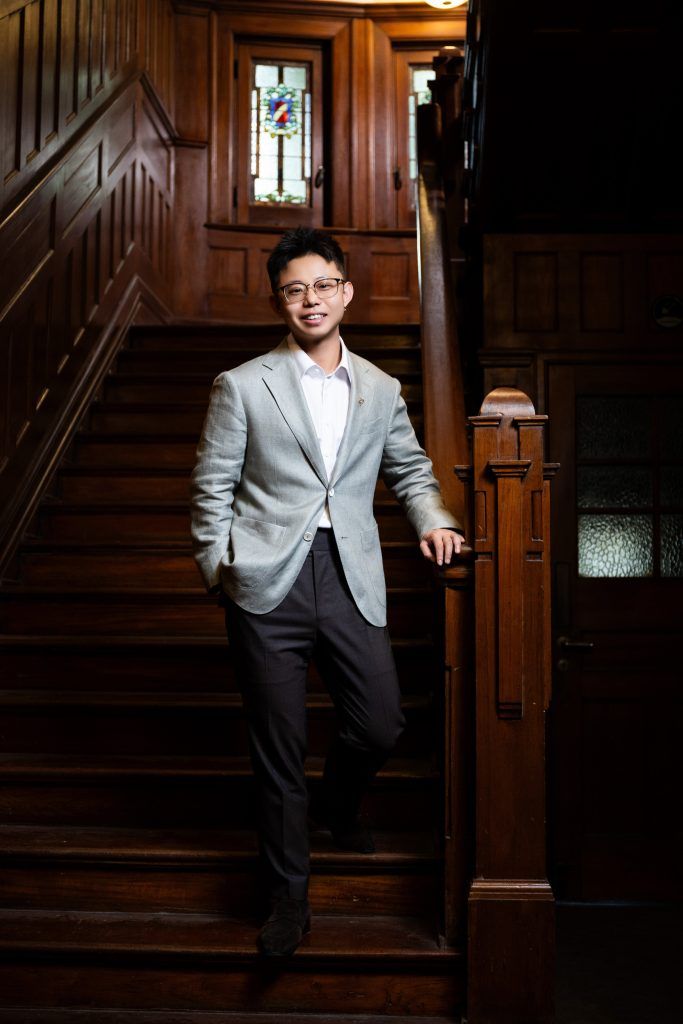
“As relatively new wine-producing regions, Asian countries such as China and Japan are still discovering their winemaking identity,” Jamie Feng, Head of Shanghai at 67 Pall Mall, a private members’ club devoted to fine wine, tells BurdaLuxury. “Local consumption is dominated by grain-based spirits, which means wine culture faces challenges in gaining broader acceptance.”
Asian countries are increasingly exploring unique styles that reflect their own terroir.
“New wine-producing countries also have the advantage of leveraging modern technology to allow faster quality refinement and knowledge transfer from regions,” adds Feng. However, establishing a distinct identity and consistency requires time and an in-depth study of geology, climate, and other factors. “As for France and Italy, they are aiming to maintain classic styles; however, they are increasingly forced to adapt – both in the vineyard and the cellar – to maintain consistency in the face of climate change,” says Feng.
Palates, Clubs and the Business of Taste Formation
Marketing acceptance in Asia depends less on critics alone and more on curated institutional platforms: high-end clubs, wine bars and hospitality groups that can put local bottles next to Old-World benchmarks.

Richard Hemming, MW, Head of Wine, Asia, for 67 Pall Mall, recounts an experiment at a club bar, notes that programming can change perceptions: “Our bar residency, 67 on Hollywood, started out with an all-Champagne list of 67 lines by the glass, then moved onto a Pinot-only list, before changing to an exclusively Chinese wine selection.” That strategic rotation turned out not to be a stunt but an education: “This has proved so popular that we have extended the duration of the Chinese wine takeover,” Hemming says, adding that members are willing to substitute Asian bottles for Old-World labels when quality justifies it.
The club will see broader market interest: “At the 67 Pall Mall Shanghai, we will offer a huge range of Chinese wine, building on the experience we offer at our Hong Kong venue,” Feng says, describing masterclasses and walk-around tastings where winemakers talk directly to members. “The collection will feature classic international styles with a Chinese interpretation, while also introducing wine lovers to the terroirs that give Chinese wines an authentic voice of their own,” Feng adds, pointing to curation as a practical route to credibility. “We will rotate the selection regularly to showcase a wide range of wineries, including boutiques and independent producers.”
Feng also identifies a shift in collector psychology: “Asian collectors don’t just acquire wines, they contextualise them, shifting the narrative from traditional prestige and critic scores to storytelling and experiential value.” That cultural reorientation – buying into narrative as much as pedigree – is the new currency for many Asian producers.
How Asia Stacks Up – Different Models, Different Metrics
Comparisons to Europe are inevitable but often unhelpful. Europe’s strength is institutional memory – entrenched nurseries, centuries of blending cultures and legally protected appellations. Asia’s advantage is dynamism: faster adoption of new viticultural systems, willingness to trial varietals and the capacity to hybridise practices from multiple winemaking traditions.
Chene underscores the market strategy dimension: “China’s vast size offers significant potential for wine consumption growth. As a domestic brand, we are better understood and accepted by local consumers compared to imported wines. Being close to the market reduces delivery and shipping costs and encourages visitors to tour the region and winery, helping build brand reputation and a loyal consumer base.
That being said, mature wine consumers worldwide are open and excited to try wines from new countries and regions, creating a great opportunity for high-quality Chinese and Ningxia wines. “Thanks to growing word of mouth, more people globally are enjoying Chinese wines,” says Chene. Xige Estate accounts for nearly half of Ningxia’s total wine exports, with exports increasing by over 100% annually for past four years – highlighting the region’s strong potential. What’s more, both local and national governments are helping Ningxia further develop the wine industry, thereby driving economic growth in the sector.
“Domestically in Asia, more people are getting curious and proud of local wines, especially as quality improves and wines start pairing better with local food,” says Duran. “Internationally, regions like Ningxia in China and Yamanashi and Hokkaido in Japan are getting noticed, with styles like crisp Koshu whites or light Pinot Noir from Japan and bold Chinese reds winning awards and showing up on more wine lists.”
The Next Decade – Institutions, Education and Reputation
If the past twenty years have been about planting, the next decade will be about consolidation. Producers need technical consistency, institutional levers for place recognition, and better export pathways. Education matters, too. Sommeliers, importers and journalists who taste regularly are the vectors that carry reputation.
Storytelling and heritage play a crucial role in gaining global recognition for Asian wines. “People don’t just want to taste the wine – they want to know the story behind it, like old grape varieties from Japan or the cool growing spots in Ningxia,” explains Duran. “Plus, how winemakers mix old-school tradition with new ways makes the wines even more interesting.”
BurdaLuxury’s Lens
GranMonte’s terraces in Khao Yai, Xige’s high-altitude plots in Ningxia, Japan’s Koshu specialists – they are not challengers seeking to knock over Europe’s crowns. They are new participants asserting a different grammar of quality: a grammar that emphasises adaptability, place, story and the patient of work of vine, barrel and taste. In that sense, Asia’s contribution is not an attempt to replicate an Old World canon; it is an expansion of the global vocabulary of wine.
“The world of wine is like a jigsaw puzzle, with different regions representing the various pieces of the puzzle,” says Chene. “We believe that in recent years, the Asian wine industry, represented by China, has developed rapidly and is increasingly showcasing distinctive regional characteristics.”
Across Asia, that intent is catching: the region’s winemakers have begun to show the world not only what they can emulate, but – more importantly – what they can add.


